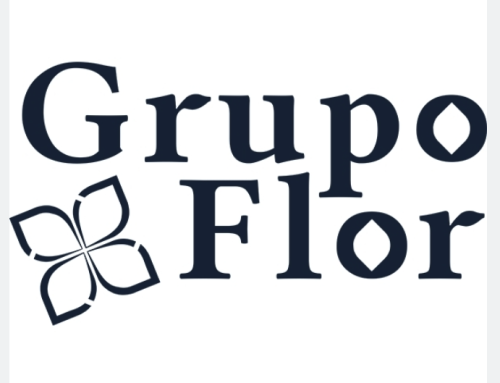Potential Downturn in Public Psychedelic Company Listings
LOS ANGELES- In a recent report, Robert Sassoon, a Senior Research Analyst at Water Tower, forecasts a significant shakeout in the psychedelics market, particularly impacting publicly traded companies in the sector. Sassoon anticipates a consolidation phase in the industry, leading to a substantial decrease in the number of publicly traded psychedelic firms.
Sassoon’s analysis suggests a challenging period ahead for the sector: “A continuous shakeout in the psychedelics sector and a probable significant reduction in the universe of publicly traded psychedelic companies are expected until the trough of disillusionment in the hype cycle is reached,” he wrote. He asserts that recovery and growth in the sector will depend on multiple factors, including the progression of clinical trials, resolving infrastructural and reimbursement bottlenecks, the increasing involvement of major pharmaceutical companies in psychedelics, and a possible Initial Public Offering (IPO) from the Multidisciplinary Association for Psychedelic Studies (MAPS).
Psychedelic Stocks Winter Despite numerous clinical studies on various psychedelic drugs, the sector has not seen the expected positive impact on company valuations. Psychedelic stocks, alongside cannabis, have been experiencing a bear market. Notably, AdvisorShares Psychedelics ETF (NYSEArca: PSIL) has lost over 85% of its value since its September 2021 listing, and Canada’s Horizons Psychedelic Stock Index ETF (NEO: PSYK) has seen a similar decline since its January 2021 listing on the NEO exchange.
Catalysts and Challenges Sassoon views the current market as premature for investor gains but identifies potential catalysts in the future. He underscores the need for the advancement of clinical trials, with key results expected around 2026-2027. He also highlights the imminent competition faced by MAPS’s MDMA therapy, particularly from Johnson & Johnson’s Spravato, a currently available treatment option. MAPS faces the challenge of pioneering a new model of therapy combined with psychedelic drugs.
A crucial factor for the industry’s growth is insurance company involvement. The high cost of treatments and the reluctance of traditional payors to endorse a new form of therapy are significant barriers. Resolving these issues and securing insurance reimbursements could greatly stimulate the market.
MAPS and the Future of Psychedelics Finally, Sassoon touches upon MAPS’s hesitation to launch an IPO due to its alignment with nonprofit interests. However, he suggests that the need for substantial funding to market its MDMA drug, pending FDA approval, might compel MAPS to consider an IPO. Such a move could notably boost the publicly traded psychedelics market or attract big pharma investment post-FDA approval.
This report from Water Tower suggests a period of transition and consolidation in the psychedelic sector, with the potential for significant developments hinging on clinical advancements, regulatory changes, and strategic financial decisions.



































